
All categories
Featured selections
Trade Assurance
Buyer Central
Help Center
Get the app
Become a supplier

(Có 6 sản phẩm)
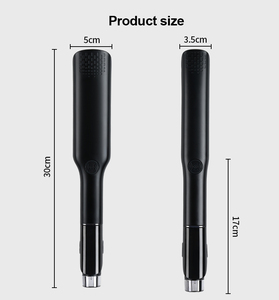

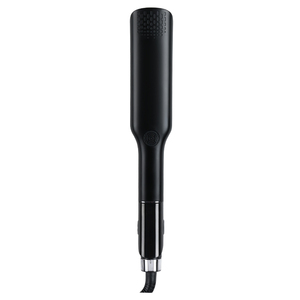


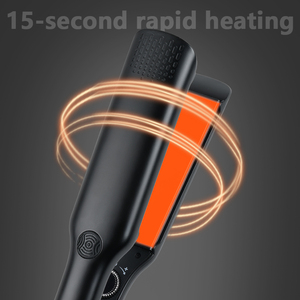








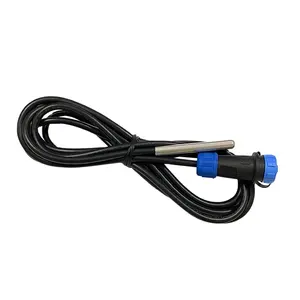
















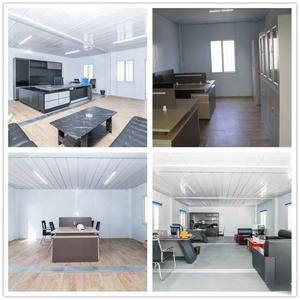






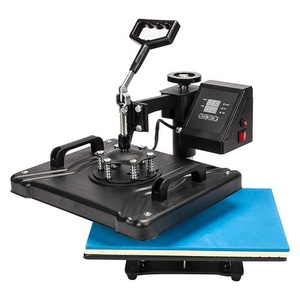


Tìm các keyword sản phẩm mới hộp điều khiển nhiệt độ bán buôn khác nhau cho các nhu cầu đo nhiệt độ khác nhau. Hãy xem xét nhiều keyword nhiệt kế cặp nhiệt điện chất lượng có sẵn cho một thiết bị nhiệt độ đa năng. Cặp nhiệt điện có thể đo nhiệt độ hiệu quả trong một số keyword môi trường khác nhau. Đối với những nơi như xưởng đúc làm việc với kim keyword nóng chảy, cặp nhiệt độ chất lượng thường được yêu cầu để đo chính xác nhiệt độ của kim keyword nóng chảy.
Cặp nhiệt điện cũng có thể được sử dụng trong một số ứng dụng thực phẩm như đầu dò xuyên thấu và cả trong điều khiển lò nướng. Một công cụ như vậy sẽ hữu ích cho những người trong ngành công nghiệp thực phẩm và đồ uống và là một thành phần rất cần thiết cho các công ty sản xuất nhà bếp hoặc thiết bị nấu ăn. Các công cụ liên quan như bộ hiệu chuẩn cặp nhiệt điện và bộ ghi dữ liệu cặp nhiệt điện cũng có sẵn với giá cả phải chăng.
Để giúp việc thu thập dữ liệu thuận tiện hơn cho các nhà nghiên cứu thực địa hoặc những người làm việc trong phòng thí nghiệm tiến hành các thí nghiệm được kiểm soát, chúng tôi có các công cụ và thiết bị như máy đo nhiệt độ và độ ẩm. Bạn cũng có thể tìm thấy trình ghi dữ liệu nhiệt độ không dây và trình ghi dữ liệu nhiệt độ USB trong số sản phẩm mới hộp điều khiển nhiệt độ có sẵn của chúng tôi. Các thiết bị này cung cấp kết quả đọc nhiệt độ chính xác và có thể ghi lại thông tin kỹ thuật số một cách đáng tin cậy, tiết kiệm thời gian và về cơ bản là tăng hiệu quả quy trình làm việc tổng thể.
Chúng tôi cũng cung cấp nhiệt kế là công cụ có thể đo nhiệt độ của một vật thể mà không cần phải chế tạo liên hệ với đối tượng được đo. Dụng cụ này lý tưởng cho những người yêu cầu một công cụ đo nhiệt độ nhanh chóng và hiệu quả. Một công cụ như vậy có thể được sử dụng hiệu quả trong các cơ sở như trung tâm mua sắm, cửa hàng bán lẻ hoặc cửa hàng thực phẩm và đồ uống như một phần của các biện pháp an toàn khi có đại dịch. Tìm thêm sản phẩm mới hộp điều khiển nhiệt độ tại Alibaba.com!